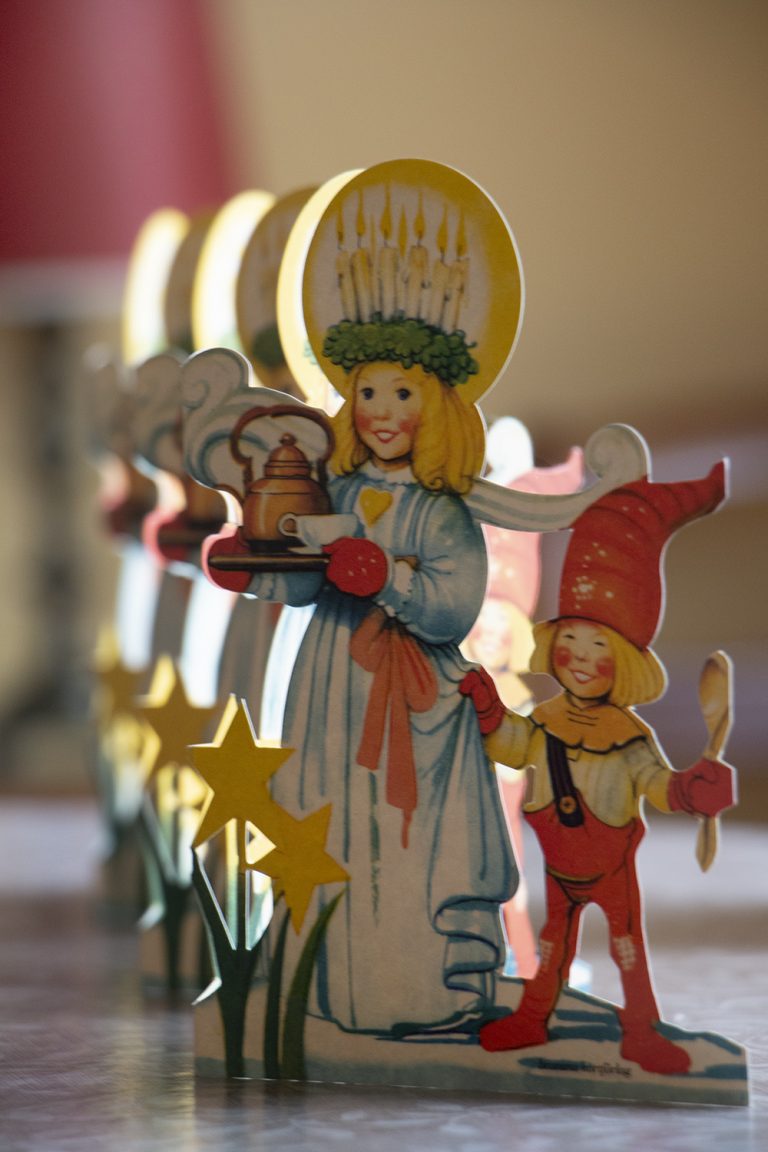
St Lucy
In early Norwegian Christianity, churches were sometimes built on sites used for pagan sacrifice. Thus traces left by heathen contamination were cleansed; thus, too, one showed that faith in Christ brought obscure presentiments of battles between good and evil to luminous fulfilment. Something similar happened to the tradition of St Lucy. Lussi-Night was an established notion in medieval Scandinavia. A female demon named Lussi was thought to haunt the world on this, the year’s longest night, an outburst of evil on the threshold of Christmas. This nocturnal witch found her match in Lucy, whose name means ‘light’. The historical Lucy was born, we are told, in Sicily in 283. Enchanted by the beauty of the Gospel, she consecrated herself to Christ. Her resolve met incomprehension, but she kept it. She preferred death to being robbed of freedom to be faithful. Lucy was a young girl. But she prevailed, in her outward fragility, over dark violence by enlightened Christian fidelity. In this our Norse ancestors found a source of hope. So may we.
